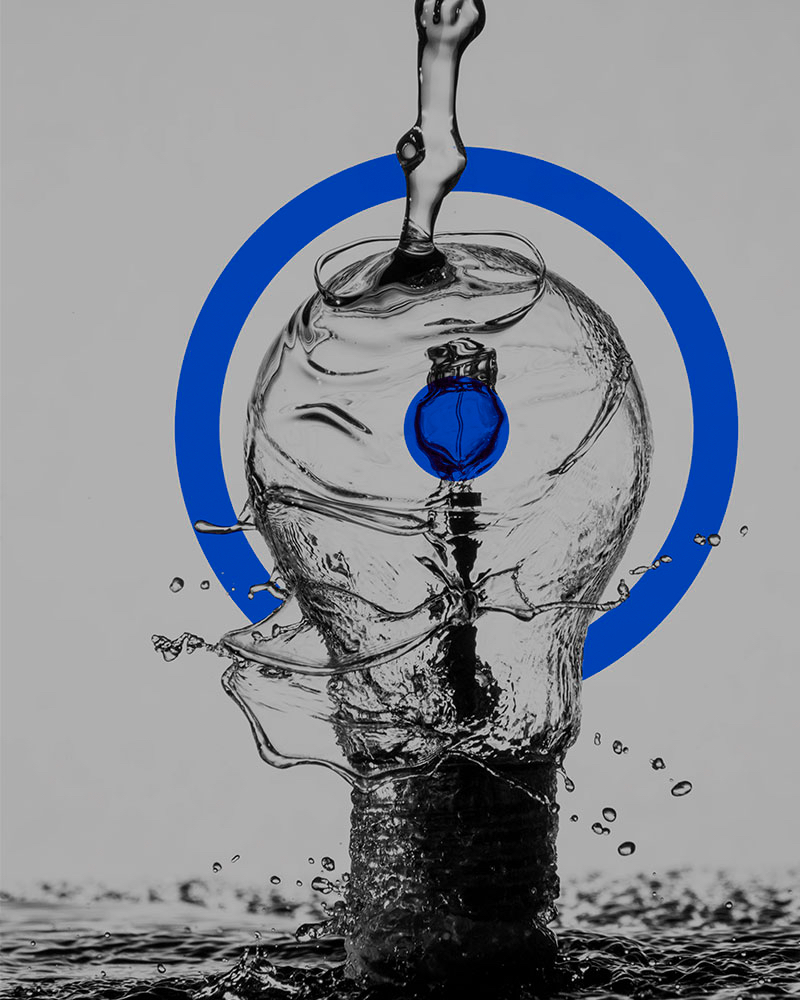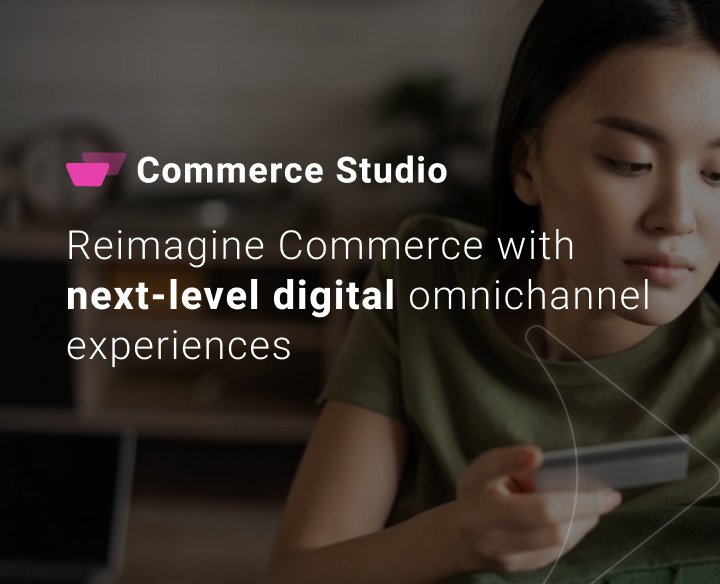Designers are Problem Solvers; We Design with the Business, Customer and Design in Mind...
2019 commemorates the 10th anniversary of eWave as an independent digital transformation agency and along with the events that will occur throughout the year, we will be taking the time to sit down with key members of the team, clients and partners to discuss how the ecosystem has evolved over this time and how eWave have been able to keep up with the fast paced movements in the industry.
In our first series, we catch up with Nevan Lalich, Head of Creative at eWave to understand his role and thoughts on the rise of UX and customer focused design.
Could you tell us a little bit about your role at eWave and some of the projects you are currently working on?
My role at eWave is creating experiences for our clients & their customers by managing the 3 Global Creative UX / UI teams within our Experience Services arm of the business.
We've tackled complex challenges of B2B for the hiring industry, created fast fashion and electronics in B2C and redefined the healthcare industry with a B2B2C experience for one of the world's biggest brands.
Being with eWave for over 7 years as Head of Creative you must have worked on a number of different projects during your time. Could you describe how client demands for UX have evolved over the years?
With every single project we've taken on, this kicks off with my team. There's been a big shift in how the client demands of UX have changed. The first being that some considered UI and UX to be the same thing. In reality there is so much more to UX. The UI is one part of a touchpoint along a journey.
The value in understanding your customer is key to achieving award winning success not only for sales but to ensuring your business is thinking beyond just one touchpoint and ensuring that these connect, to create one seamless journey that will delight consumers.
When I first joined eWave, there was 12 months before 'Responsive' came into effect. Instantly every project after our first responsive site went live, we made sure that customers saw the value in choosing a mobile website. Whilst it was a hard sell at the time, now in today's market we lead with mobile designs as the first point of call. Even now markets in the US are seeing desktop transactions become secondary to mobile, so it won't be long before we see this change in customer experience come into effect in APAC.
Again it's about changing people's mindsets of what a website is. Many still think Desktop is key, but in today's consumer market, we ensure we cater for the device that everyone has in their hands and that connects them to everything they care about and then extend that thinking from there.
UX ultimately leads to achieving customer success, however the UX team doesn’t achieve this in isolation. What kind of collaboration have you had with other business functions to reap the best results?
I encourage my team to think beyond borders, and work with a cross-boundary approach. Don't work in silos and ensure that they are listening to business challenges, customer and even technical development challenges and apply this to their UX and UI approaches.
Integration isn't for designers right? Wrong! Knowing how the system is pulling the data not only helps us understand the business in more detail it allows us to make a decision how that data is shown on the UI and then cross reference that to say 'Would a user actually work with that concept or scenario?'
Design based on customer knowledge can be very powerful to businesses wishing to remain customer-centric. What kind of processes do you think should be in place when understanding how to base creative decisions on customer data or feedback?
Designing for context is key here. How will this customer shop or browse when they are on the train and signal is dropping in and out. Will they purchase if they think there is the risk of being charged twice? So why blast an email campaign during the busy 6pm peak? Again it goes beyond just creating a website that its performance optimised to cater for mobile 4G technology when there are more factors that designers need to consider.
How do you lead your team to be customer focused?
We take the service design methodology to ensure all things are considered not only from an application perspective but how the user will connect and engage with not only the touchpoint we may be creating but also from brand as well.
During one of our service design sessions, we identified that for one of our clients they are not creating a particular product set which would help them attract new customers as they were so focused on customer loyalty and brand retention. There are many types of customers, who all shop and think differently, so make sure you try and capture every angle.
Testing prototypes is key to continually improving and understanding your customer. Every brand is different and just because something works for one brand, it doesn't mean that same success will be ideal for another.
Think the entire journey through, from the moment that they may 'Google' to when they get the product delivered. Ask yourself, 'is the emails I receive aligning with my expectations?'
As business may think so, but again until you put yourself in that situation you'll find out just how much what we think and what is done are completely different and it just may be impacting your business.
And lastly, what direction do you see the future of UX and Customer Focused Design taking?
Whilst it's all about data and personalisation now, Voice UX will be the next biggest thing.
Whilst still at its infancy its something that will have its own set of practices, as how people connect and engage with devices from Siri to Alexa. It can order a pizza and book your uber, but it's yet to order your favourite pair of shoes from your local footwear brand.
Imagine saying 'Hey Siri order me a pair of Size 10 Nike Air Jordan's in Black'"
The phone receives a list of 4 stores that you can quickly glance, or listen to a comparison price and other options available.
With your details already stored simply say "Purchase Now from The Athletes Foot" to confirm.
Pretty cool hey? But is fashion the right type of product for this use case? Again ask yourself the question 'Am I designing with the right customer and right context in mind?'

